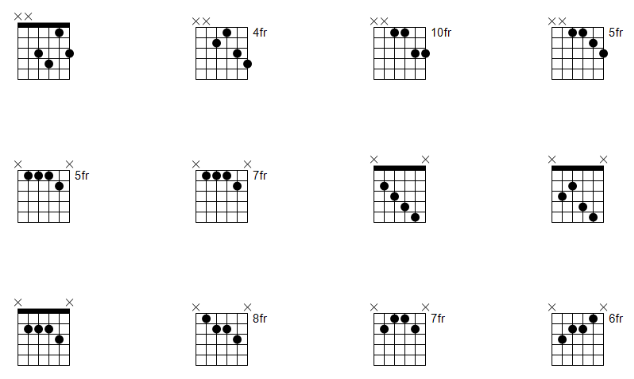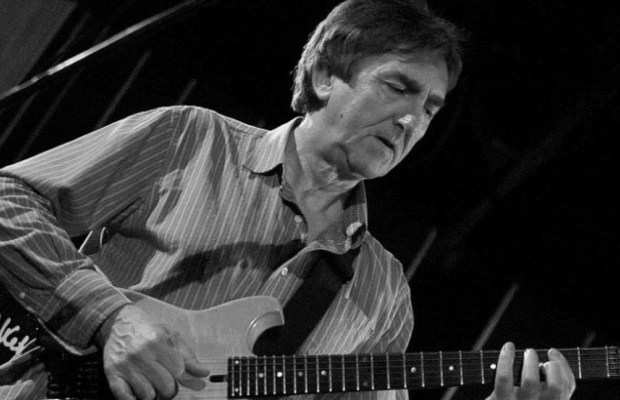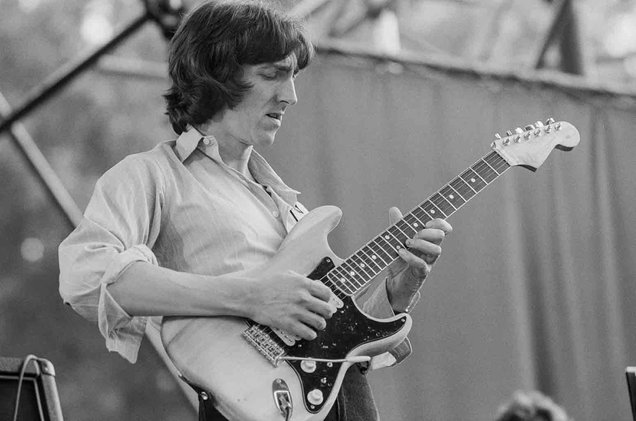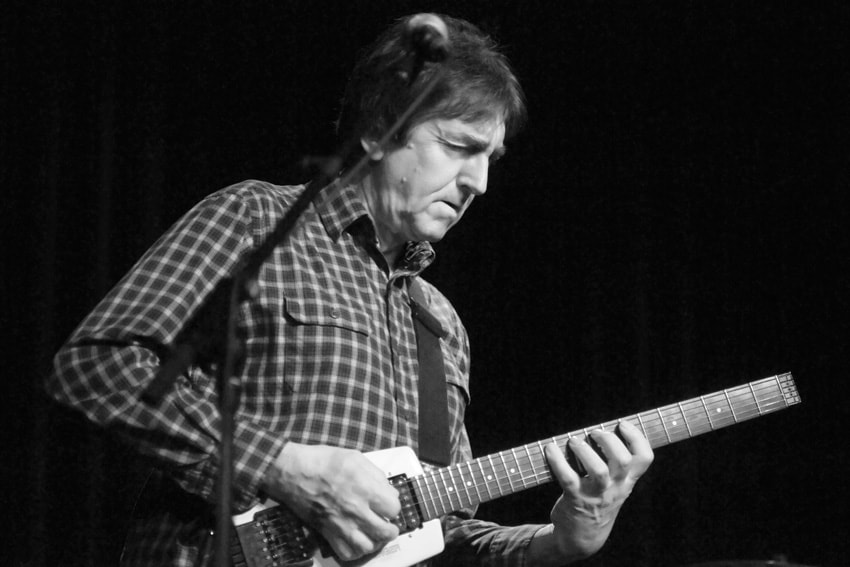One of my all-time favorite guitar players, and possibly the single biggest influence on my playing over the years, has been Allan Holdsworth. I was largely self-taught for the first 7 or so years besides having a really hard time learning theory, scales and so forth; so much so that I began to look for alternative methods and ideas in order to somehow get my head around it all. I saw Allan’s REH (See How to Play like Allan Holdsworth) Video somewhere and ordered it immediately. When the videotape (yes, you read that correctly, although it’s since been remastered to DVD) arrived I watched it over and over, trying to gain some insight into the great man’s philosophies on chords and scales. It was probably after about 20 screenings that I began to understand where he was coming from and how he’d come up with his own unique system for understanding, interpreting and creating music.
For someone who was really having difficulties with music theory it was a godsend and things really started to come together.
One of the most interesting aspects of Holdsworth’s playing is his use of chords. He sees them as groups of notes belonging to a particular scale rather than a series of diatonic chords with the notes all nicely stacked in thirds.
Here’s what you’ll be taught about diatonic chords 99% of the time:

Play through the chords and you have the familiar sounding major scale.
Let’s take another look at the C Major Scale, this time from a more Holdsworthian perspective. We need to look at the big picture so here are all the notes from C Major up to the 12th fret.

What Holdsworth then does is to find a group of (usually 4) notes from the scale that he likes the sound of and move them up and down the pattern. You can also play any combination of notes from the scale (that your fingers will allow) and these are theoretically diatonic chords, only not the harmonically stable ones we’re used to hearing. Try out some of chords below, they’re all diatonic to the C Major Scale.

Some are nice and some are a little out there, and there are infinite possibilities, but the idea here is have chord options when playing in a C Major tonality without having to think through tons of theory. You could use these chords for comping or as substitutions, safe in the knowledge that they belong to the C Major tonality and therefore could be used over CM7, Dm7, Em7, FM7, G7, Am7, Bm7b5 etc. though you’ll have to let your ears be the final judge! See what chords you can pull out of the scale pattern above.
What I also love about this idea is not having to think in terms of naming all the chords; by all means give them names but the fact that (in Holdsworth’s system) any group of notes from the scale is fair game over any of its diatonic chords means there’s no real need to name them.
By now you can probably see how far this can go. We’ve looked at just one scale but the number of chords you can make is overwhelming. Not all of them sound great but the possibilities are endless, especially when you start experimenting with other scales.



